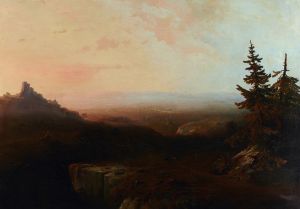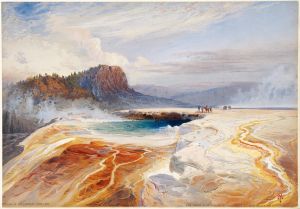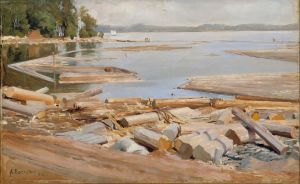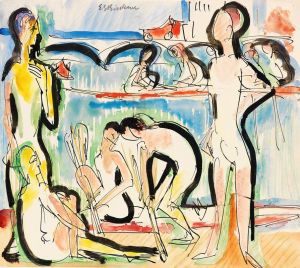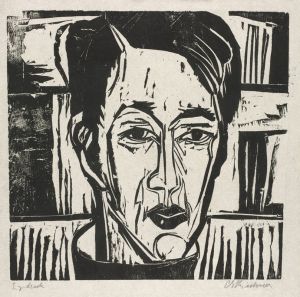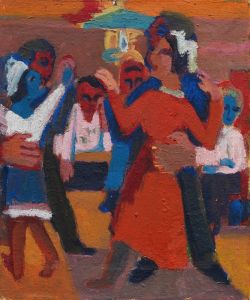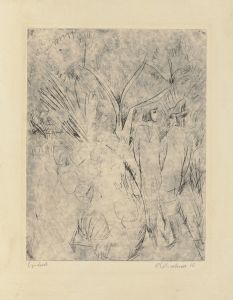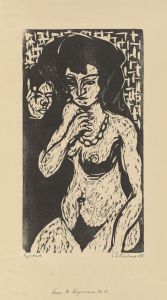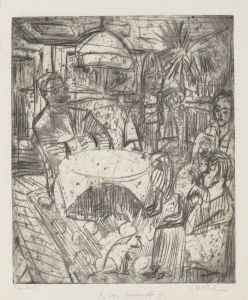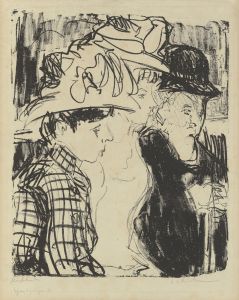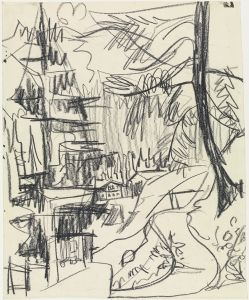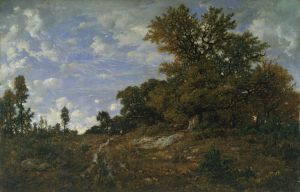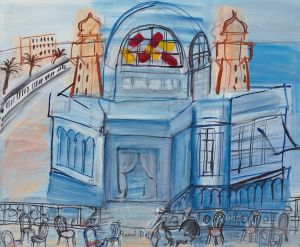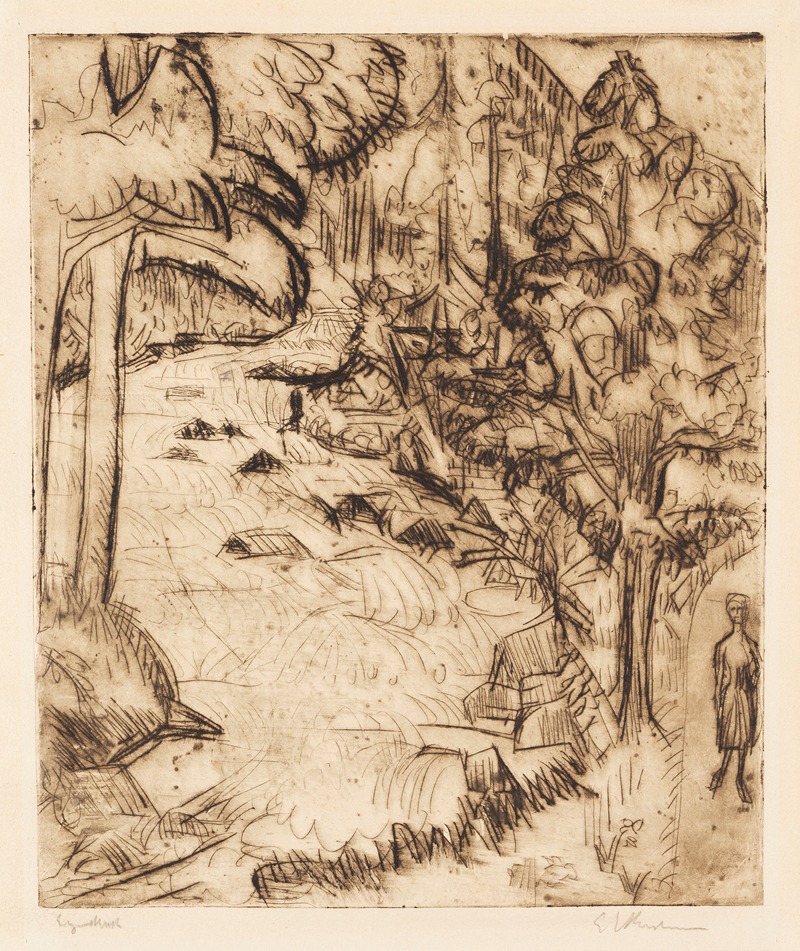
Waldbach : Sertigbach
A hand-painted replica of Ernst Ludwig Kirchner’s masterpiece Waldbach : Sertigbach, meticulously crafted by professional artists to capture the true essence of the original. Each piece is created with museum-quality canvas and rare mineral pigments, carefully painted by experienced artists with delicate brushstrokes and rich, layered colors to perfectly recreate the texture of the original artwork. Unlike machine-printed reproductions, this hand-painted version brings the painting to life, infused with the artist’s emotions and skill in every stroke. Whether for personal collection or home decoration, it instantly elevates the artistic atmosphere of any space.
Ernst Ludwig Kirchner was a prominent German expressionist painter and one of the founding members of the artist group Die Brücke, which played a pivotal role in the development of modern art in the early 20th century. Kirchner's work is characterized by its bold use of color, dynamic compositions, and emotive subject matter, often reflecting the psychological tensions of the time.
"Waldbach: Sertigbach" is one of Kirchner's notable works, painted during a period when he was deeply inspired by the landscapes surrounding him. The painting captures the essence of the Sertig Valley, located in the Swiss Alps near Davos, where Kirchner spent a significant portion of his later life. This region provided Kirchner with a refuge and a source of inspiration after the turmoil of World War I and his subsequent struggles with mental health.
The painting depicts the Sertigbach, a stream that flows through the valley, surrounded by lush, verdant forests and towering mountains. Kirchner's use of vibrant colors and expressive brushstrokes conveys the vitality and dynamism of the natural landscape. The composition is both harmonious and energetic, reflecting Kirchner's deep connection to the natural world and his desire to capture its essence on canvas.
Kirchner's time in the Swiss Alps marked a significant shift in his artistic style. While his earlier works were often characterized by urban scenes and figures, his later paintings, including "Waldbach: Sertigbach," focused more on landscapes and the interplay of natural elements. This transition was partly influenced by his move to Switzerland, where the serene and majestic environment offered him a new perspective and a sense of peace.
The painting is a testament to Kirchner's ability to convey emotion and movement through his art. The swirling patterns of the water and the vibrant hues of the foliage create a sense of rhythm and flow, drawing the viewer into the scene. Kirchner's unique approach to color and form is evident in this work, showcasing his mastery of expressionist techniques.
"Waldbach: Sertigbach" is an example of Kirchner's later work, which is often celebrated for its exploration of nature and its emotional resonance. The painting reflects Kirchner's ongoing fascination with the interplay between humanity and the natural world, a theme that recurred throughout his career. Today, Kirchner's works, including this painting, are held in high regard and can be found in major art collections and museums worldwide, where they continue to be appreciated for their innovative style and profound impact on the development of modern art.





